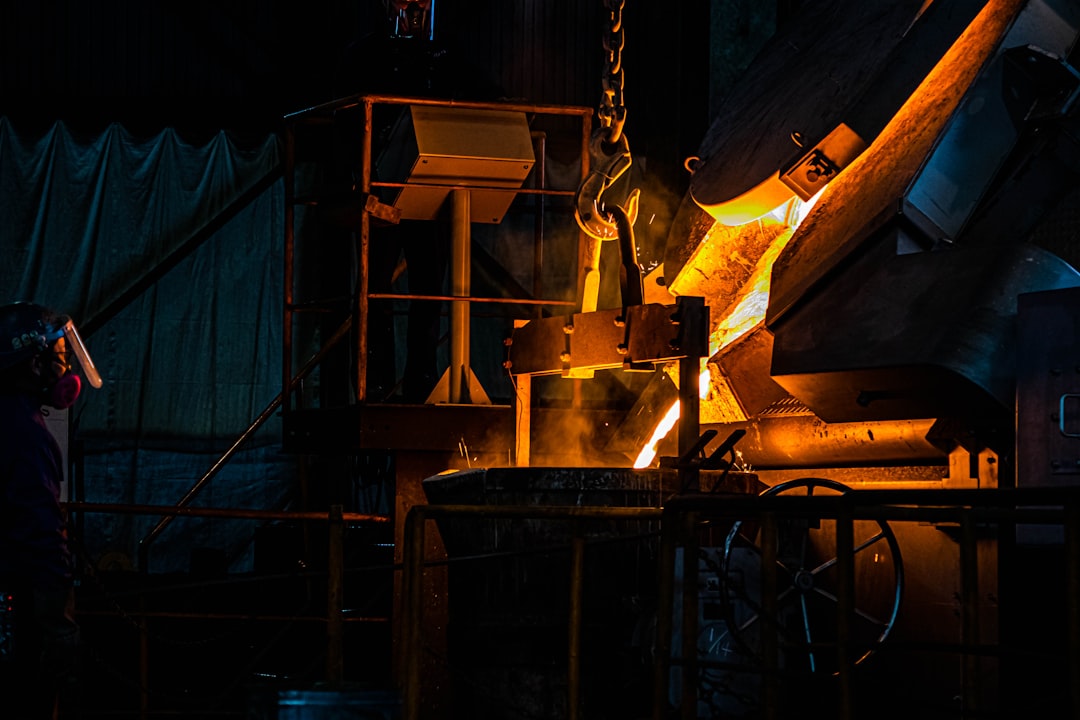The global steel market is a complex and dynamic entity, influenced by a multitude of interconnected factors. Understanding the forces that shape steel prices is crucial for businesses involved in manufacturing, construction, and investment. This comprehensive analysis delves into the key drivers of global steel price fluctuations, offering insights into current trends and future predictions.
1. Raw Material Costs: The Foundation of Steel Pricing
The price of steel is intrinsically linked to the cost of its raw materials, primarily iron ore and coking coal. Fluctuations in the prices of these commodities directly impact the production cost of steel, leading to corresponding price adjustments in the market. Iron ore prices, heavily influenced by supply from major producers like Australia and Brazil, are often subject to volatility due to geopolitical events, weather patterns affecting mining operations, and changes in global demand. Similarly, coking coal prices, largely determined by supply from Australia and China, are susceptible to similar factors. Furthermore, the energy costs associated with steel production, including electricity and natural gas, play a significant role, particularly in regions with high energy prices. A rise in these raw material and energy costs inevitably translates into higher steel prices, impacting downstream industries and consumers.
2. Global Demand Dynamics: A Balancing Act of Supply and Demand
Global steel demand is a powerful driver of price fluctuations. Construction activity, a major consumer of steel, is heavily influenced by economic growth in various regions. Robust economic expansion in countries like China, India, and the US typically translates into increased demand for steel, pushing prices upward. Conversely, economic slowdowns or recessions lead to decreased demand, resulting in price drops. The automotive industry, another significant consumer, also plays a crucial role. Increased vehicle production drives up steel demand, while production slowdowns have the opposite effect. Furthermore, government infrastructure projects, both in developed and developing nations, significantly impact steel consumption and consequently, pricing. Analyzing global economic indicators and construction activity forecasts is essential for predicting future steel price movements.
3. Regional Variations in Steel Prices: A Geographic Perspective
Steel prices are not uniform globally. Regional variations arise due to several factors including transportation costs, local taxes and duties, and the availability of raw materials and energy. For instance, steel prices in China, the world’s largest steel producer, often influence global prices but may differ from those in Europe or North America due to logistical considerations and government policies. Similarly, regions with abundant raw materials might enjoy lower production costs, leading to more competitive steel prices. These regional disparities create arbitrage opportunities for traders and businesses, impacting the overall dynamics of the global steel market. Understanding these regional nuances is crucial for players operating in specific geographical markets.
4. Geopolitical Factors and Trade Policies: Navigating the International Landscape
Geopolitical events and international trade policies significantly influence steel prices. Trade wars, sanctions, and tariffs can disrupt supply chains, impacting the availability and cost of steel. For example, trade disputes between major steel-producing nations often lead to increased tariffs, making imported steel more expensive and potentially boosting domestic prices. Political instability in key steel-producing regions can also affect supply, leading to price increases. Furthermore, government regulations and environmental policies, such as carbon emission targets, can impact production costs and indirectly influence steel prices. Monitoring geopolitical developments and trade policies is essential for understanding the long-term trends in the steel market.
5. Future Predictions and Investment Implications: Forecasting the Steel Market
Predicting future steel prices is inherently challenging due to the complex interplay of factors discussed above. However, by analyzing historical data, current market trends, and future economic forecasts, analysts can develop informed predictions. Factors to consider include projected global economic growth, infrastructure spending plans, technological advancements in steel production, and the evolving geopolitical landscape. These predictions are crucial for businesses involved in steel manufacturing, trading, and consumption, enabling them to make strategic decisions related to production, inventory management, and investment. For investors, understanding the long-term outlook for steel prices is vital for making informed investment choices, whether in steel companies themselves or in related industries.
In conclusion, the global steel market is a dynamic and complex system. Understanding the interplay of raw material costs, global demand, regional variations, geopolitical factors, and future predictions is crucial for navigating this ever-changing landscape. By carefully analyzing these factors, businesses and investors can make informed decisions to thrive in the global steel market.
SEO Tags:
Global Steel Prices, Steel Market Analysis, Steel Price Forecast, Steel Industry Trends, Raw Material Costs Steel




